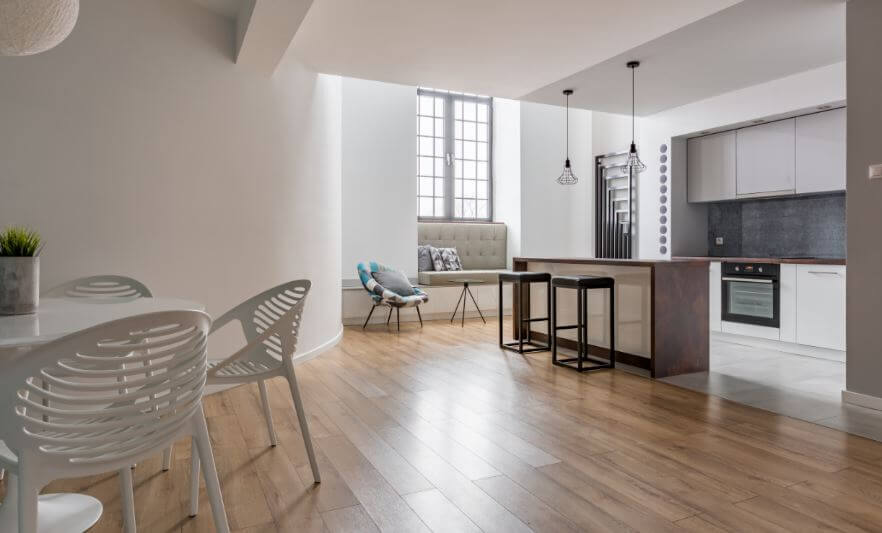5 Tricks To Illuminate Dark Spaces Without Electricity

In most homes there are certain dark areas that require constant lighting. Although this can be solved with light bulbs, many look for alternatives in which the use of electrical energy is not necessary. Do you want to know how to illuminate dark spaces without electricity?
This time we have compiled a series of tips that will teach you to gain more lighting in your home without the need to use bulbs or other artificial light installations. With some basic aspects of the decoration you can achieve this effect even if the sources of natural light are limited. Put it into practice!
Tips for lighting dark spaces without using electrical power
Ensuring the lighting of all the spaces in the home is essential to maintain a calm and comfortable environment. However, lighting dark spaces can be tedious and often expensive. Fortunately, there are a few tricks to lightening these areas of the home without resorting to electrical power. Take note!
1. Choose light colors

One of the best tricks to illuminate closed spaces is to use light colors, such as white or pastel tones. These shades cause a light and spacious effect in rooms, especially when their size is small. On the other hand, dark tones will make you look smaller and with less light.
Therefore, it is recommended that both the walls and the furniture have a light color. Of course, in order not to exaggerate, you can add a bit of color through accessories or small furniture: cushions, coffee tables, rugs and similar items.
2. Place mirrors to illuminate dark spaces
Mirrors are ideal for increasing the projection of natural light in dimly lit spaces. In addition, this element is one of the best accessories to give more harmony when decorating. Because of this, the ideal is to choose a large one, with a light-colored frame.
If you are looking for a different style, you can play with the designs. That is, instead of putting a single large mirror, choose to make a composition with several small mirrors. You can also place two mirrors in strategic areas. The most important thing is that they give more feeling of spaciousness and illumination.
3. Putting glass doors
Have you thought about changing the doors as a solution to illuminate dark spaces? While it can be a bit more tedious and expensive, it is perfect for places where natural light sources are minimal. The glass doors allow the passage of light from the exterior rooms.
In other words, they serve the function of a window, even if there isn’t one. Best of all, there are several alternatives: in normal glass or in translucent glass. Since the latter can be a bit more expensive, one solution is to use a curtain so that nothing can be seen through the glass.
4. Opt for sparkling floors

Glowing floors are all the rage and are the perfect choice for lighting up dark spaces in your home. Like the walls and furniture, they favor white and pastel colors. In addition, for clarity it is advisable to choose glossy materials.
5. Illuminate dark spaces with a skylight
Are you committed to caring for the environment and are therefore looking for solutions to avoid the use of electricity as much as possible? So take note of this idea. To illuminate dark spaces in your home, you may consider installing a skylight or skylight.
It is nothing more and nothing less than a type of window that is installed on the ceiling, which facilitates the passage of natural light. In fact, it brings so much lighting that you don’t need to use light bulbs most of the day.
In summary…
There are several methods available to illuminate enclosed spaces and reduce the need for electrical power. While some require more effort than others, they are generally helpful in getting that air of clarity that these areas lack. Do you dare to put it into practice? If you know other tricks, do not hesitate to share them with us.









